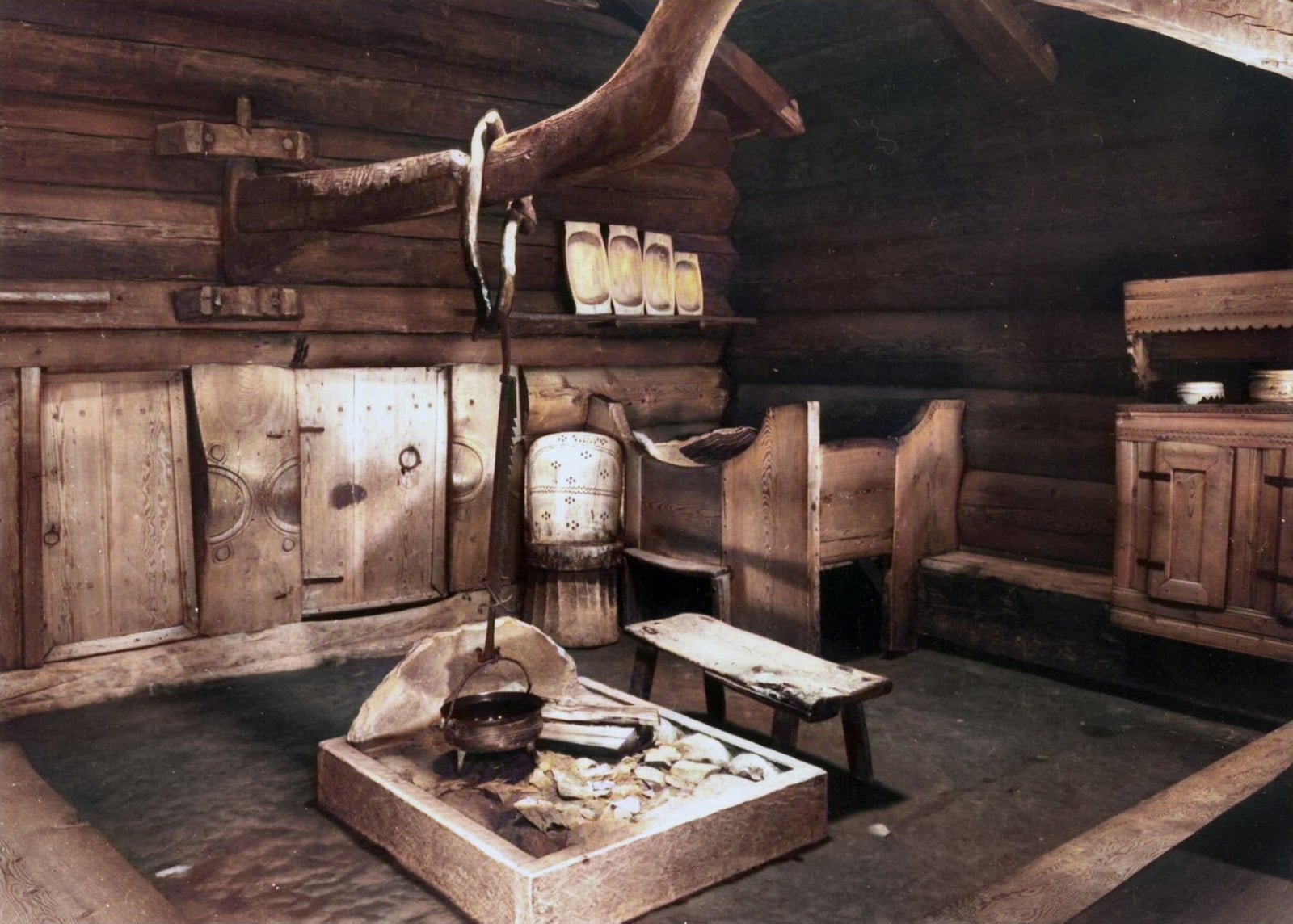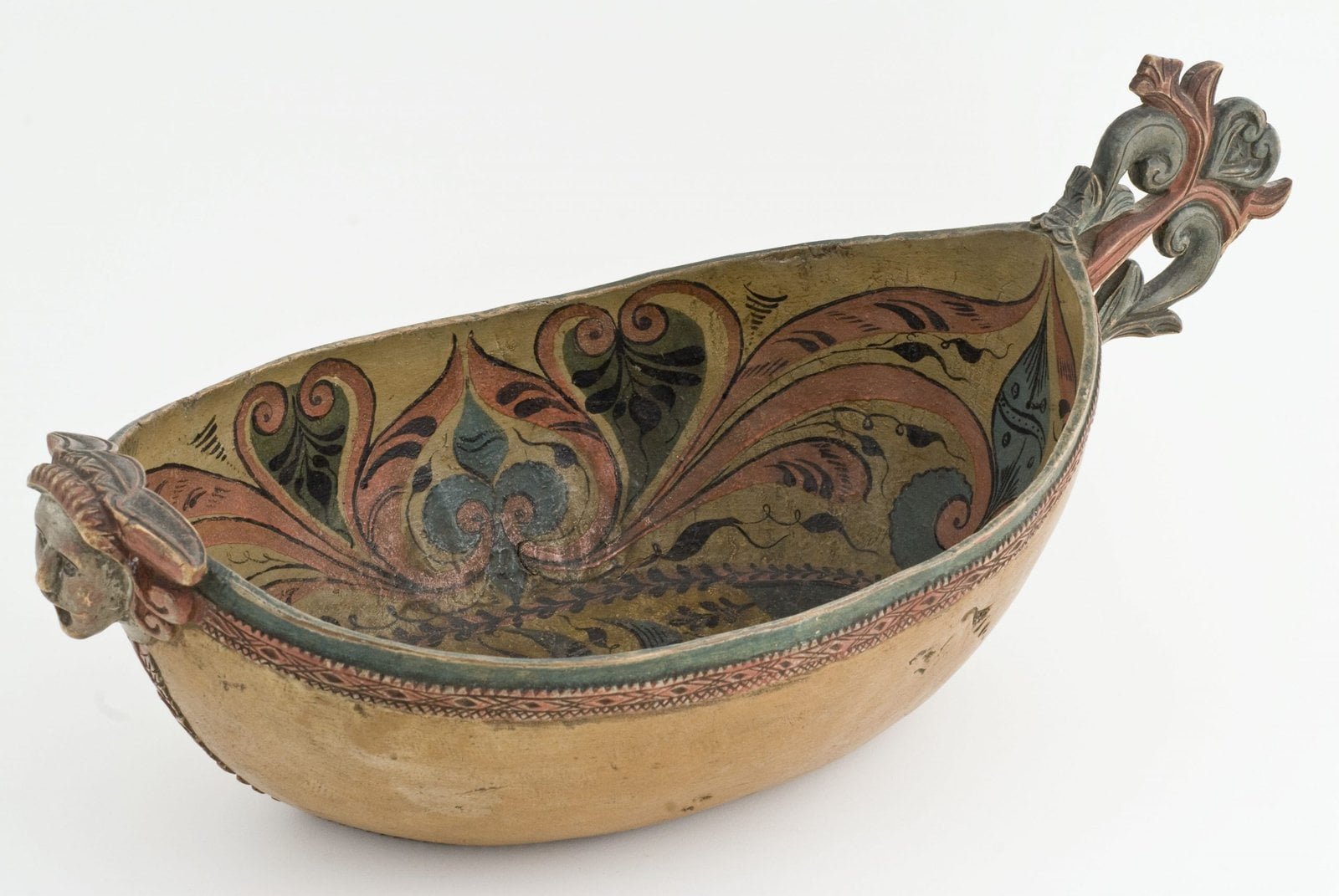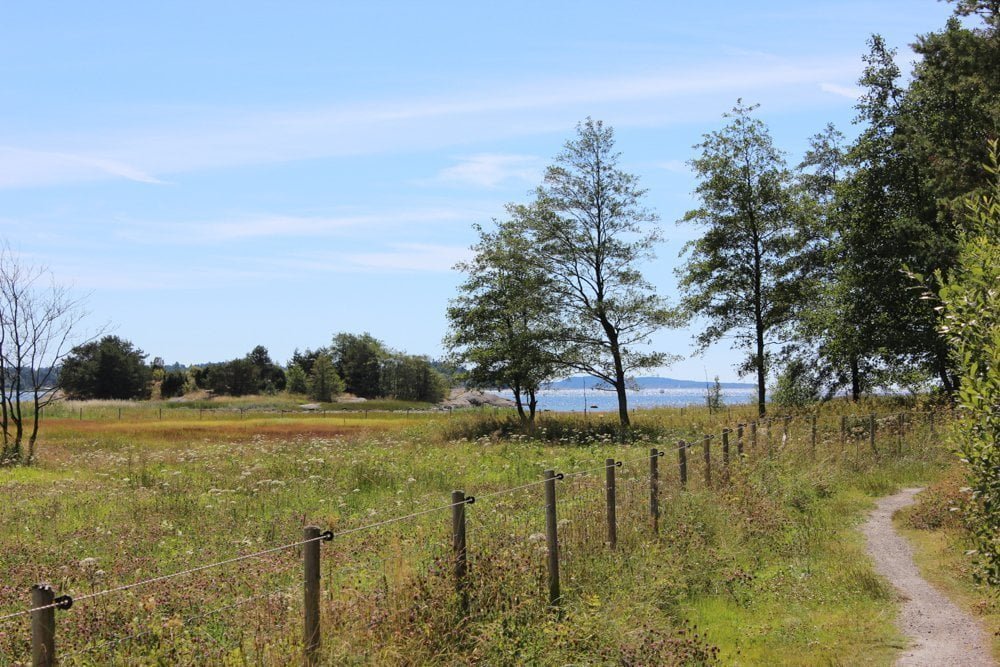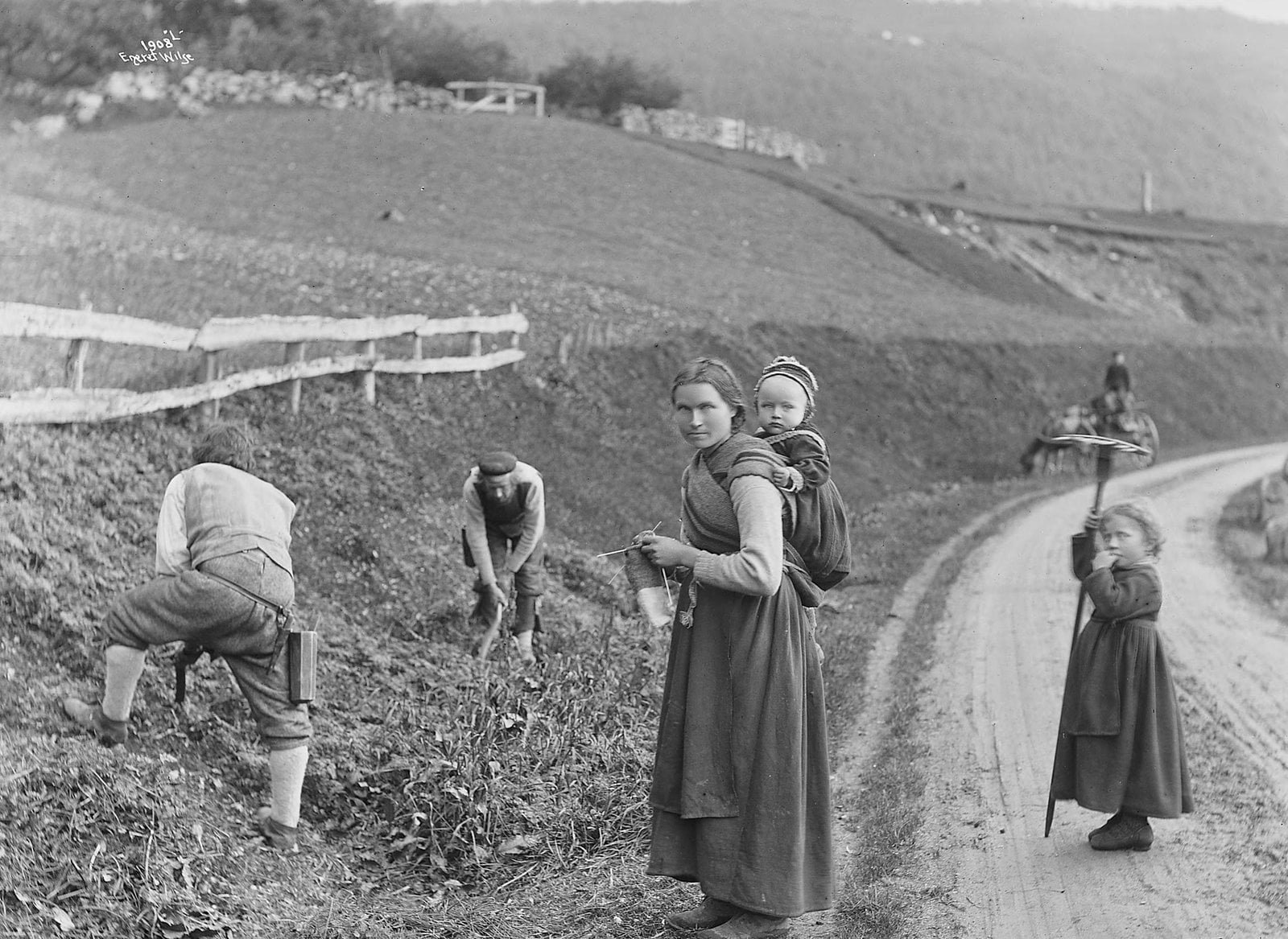For most of our planet’s history, there were no countries, no borders. Mother Nature was one entity, where plants and animals moved freely, always searching for the best place to be.
The first humans to arrive in the territory that we today call Norway, came after the end of the latest ice age – some 12,000 years ago. They were hunter-gatherers.
Later in the Stone age, the concept of farming was introduced through influences coming from further south on the European continent.
In 1905, the Norwegians finally gained their full independence – after having been ruled by Danish and Swedish monarchs since the Late Middle Ages.
The Norwegians elected Danish Prince Carl as their new king. He took the name Haakon VII. With him came his wife, now Queen Consort Maud, and their son, Prince Alexander, now Crown Prince Olav.
With Norway’s full independence, came also big changes to the Norwegians’ way of life: an industrial and urban revolution. In many ways, 1905 marked the beginning of the end of Norway’s dominant and ancient hunter-gatherer and farming society.
When addressing the Norwegian Sami Assembly in 1997, King Harald V of Norway – King Haakon’s grandson – said something important: “The Norwegian state is founded upon the territories of two peoples – the Norwegians and the Sami”.
King Harald could have cast his net much, much wider – and included the many tribes and peoples that have walked the Norwegian soil since the beginning of time. Throughout history, family groups would come and go – and sometimes mix and continue as renewed and strengthened population-groups and sub-cultures.
The spirit of the Norwegians and their history is not so much about ethnicity, but more about a distinct way of life. For most of history, the Norwegians were hunter-gatherers and farmers – and more often than not, a blend of the two. They were also traders, seafarers, explorers, and so much more – and masters at surviving in a challenging landscape and climate.
We could say that it is the landscape and the climate that shaped the history of the Norwegians; a truth that the modern man tends to forget.
Let us close our eyes and imagine the long chain of generations that have walked the Norwegian soil. A chain that runs from the end of the last ice age – and all the way into our own time. They are us – and we are them.
MNR.00040











